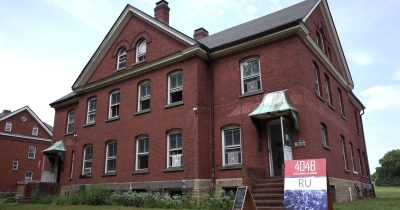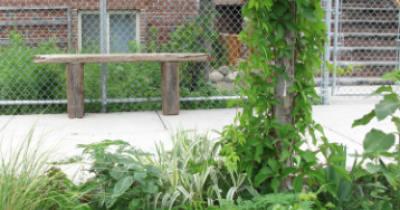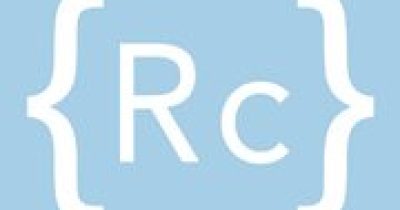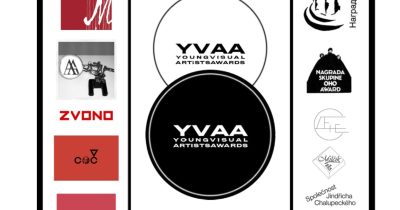The Contemporary Art Festival Sesc_Videobrasil became established over the years as a diverse, multiple platform devoted to spreading, fostering and reflecting about art productions from the global South, an area comprising Latin America, the Caribbean, Africa, the Middle East, Oceania and some countries in Europe and Asia. Significant geopolitical changes are taking place, radically redefining the notions of North and South. Nevertheless, one can sense the need to work on behalf of the field of art and culture in regions that have yet to invent new forms of circulation and visibility
In its 19th edition, set to take place from October 6 to December 6, 2015 in São Paulo, Brazil, the Contemporary Art Festival Sesc_Videobrasil takes it proposal to the extreme by making Southern Panoramas the core of its entire programming. The global South and its myriad issues – concerning diasporas, hybrid identities, migration flows and travels, personal accounts, memories, isolation, the social fabric, and insularity – have inspired and set the parameters for the Curatorial Committee to select artworks and art projects, as well as oriented the curating of all of the Festival’s exhibitions, public programs, and publications.
A total of 62 artists and groups from 27 countries are featured in the three exhibitions of the 19th Contemporary Art Festival Sesc_Videobrasil | Southern Panoramas; five of them are guest artists and 57 were selected via two open calls (for artworks and for projects to be commissioned by the Festival, a new feature of this edition).
Beto Shwafaty was selected based on his installation El Museo Imposible de las cosas vivas Departamento de Integración pan-continental (área de contacto triangular). The installation unfolds like a tangled discursive and visual web about the territorial and maritime dispute between Chile and Peru. Like an archaeological action, Shwafaty gathers images, documents and other items related to the conflict, while displaying openness to fictional strategies. Thus, through an artistic practice based on archive research and exploration processes, the artist takes history as a starting point from which he breaks down relationships built in the past and reflects about the present.




